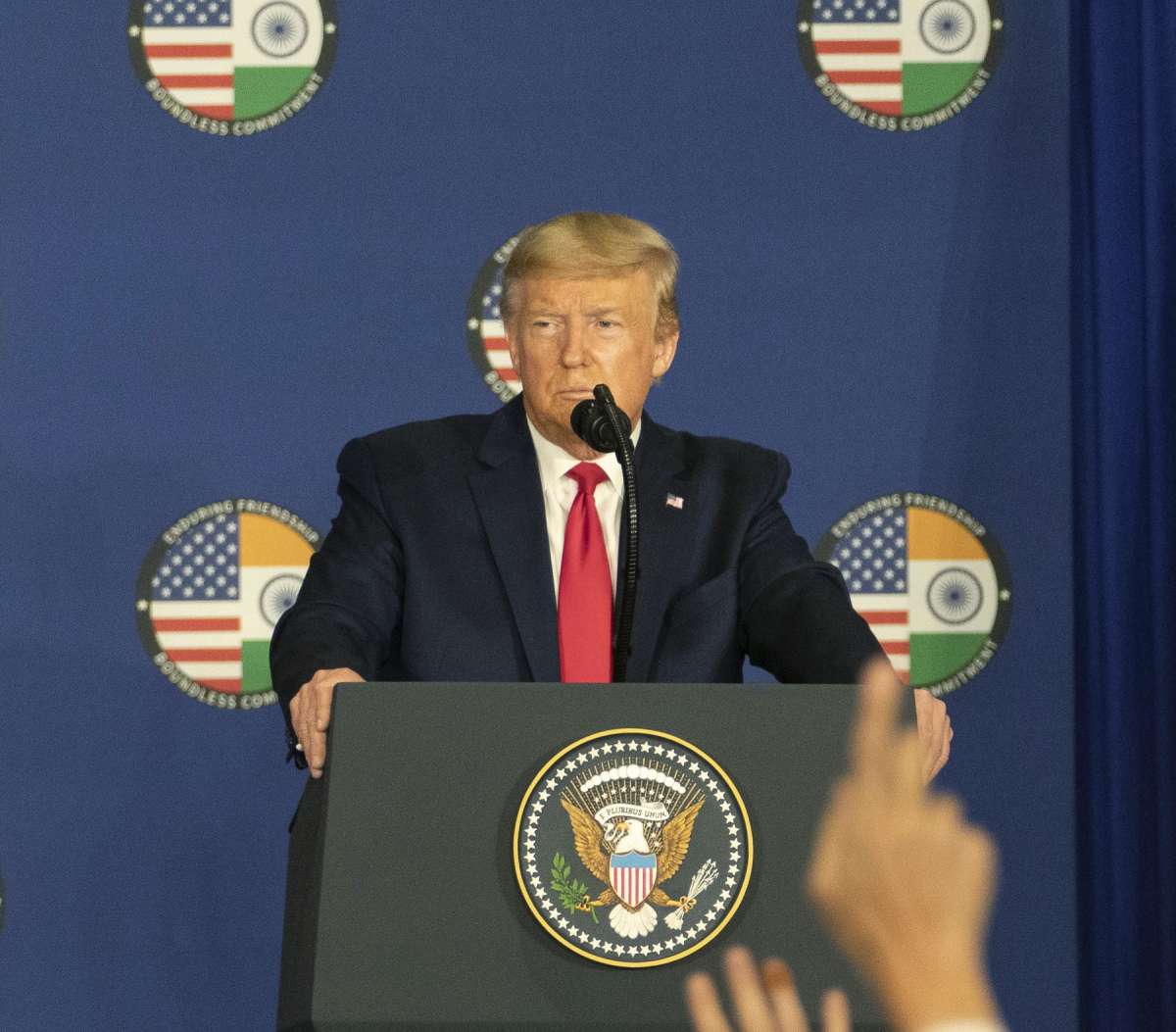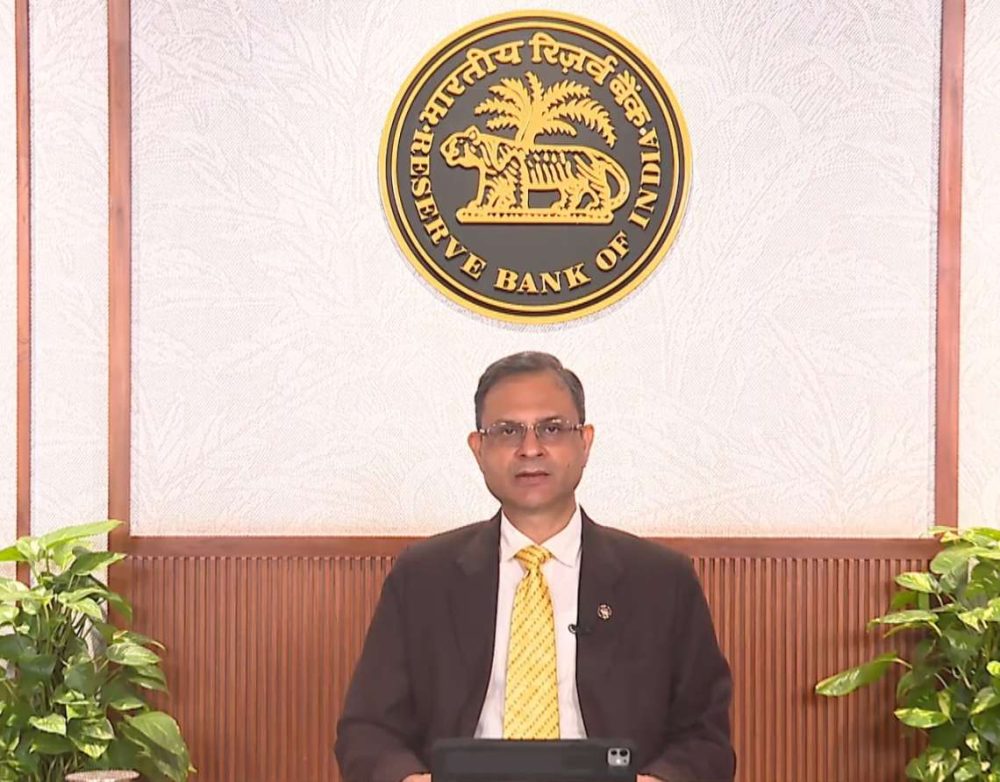According to Prabhakar, economic growth in Q3 FY24 though is a tad slower than Q2, it is uneven across sectors with a few of them registering better growth than others….reports Asian Lite News
Government owned mortgage lender Bank of Baroda (BOB) on Friday predicted India’s gross domestic product (GDP) in Q3 FY24 to grow at 6.4 per cent on the back of subdued growth in industrial and agricultural sectors.
“For Q3FY24, the economy is projected to grow at a slower pace by 6.4 per cent against a growth of 7.6 per cent in Q2FY24 led by subdued growth in agriculture and industry sector. Service sector is expected to lift up growth,” Jahnavi Prabhakar, Economist said in a report.
According to Prabhakar, economic growth in Q3 FY24 though is a tad slower than Q2, it is uneven across sectors with a few of them registering better growth than others.
For the full year the estimate is 6.8 per cent. Going ahead for FY25 growth will be at a similar level of 6.75-6.8 per cent, Prabhakar said.
According to the IMF, the Indian economy is projected to grow by 6.7 per cent for the current fiscal, upgrading the estimates by 40bps from its previous forecast in Oct ’23. For FY24 and FY25, the economy is expected to grow by 6.5 per cent for both the years, on the back of ‘resilience in domestic demand’.
“On the other hand, the World Bank expects the economy to clock a growth of 6.3 per cent in FY24 and 6.4 per cent in FY25 led by strong domestic demand, growing infrastructure spending along with robust private sector credit growth,” Prabhakar said.
Against these forecasts, as per the NSO advance estimates, the economy is expected to grow by 7.3 per cent for the current fiscal. RBI has pegged the country’s growth at 7 per cent in FY24 with Q3FY24 and Q4FY24 growth at 6.5 per cent and 6 per cent respectively.
For FY25, it is projected at 7 per cent with downside risk emerging from escalation of geopolitical tensions and volatility in the financial markets, Prabhakar said.

Recently credit rating agency ICRA said India’s GDP will grow at 6 per cent in Q3 FY2024 from 7.6 per cent in Q2 FY2024
500 Stocks Top $1 Billion Market Cap, Market Depth Surges
The market depth in India has increased considerably over the last few years with the number of stocks with more than $1 billion market cap nearly doubling to 500.
While the largest cap stocks (more than $50 billion) are still few, most of the largest caps are also privately owned and well run, foreign brokerage Jefferies said.
The number of stocks with more than $1 billion market cap has nearly doubled to 500 since 2019.
“The Indian equity markets are the only ones across the major emerging market (EM) economies which have consistently given more than 10 per cent annualised returns over the last 5-year/10-year/15-year/20-year periods.
“We believe that more than 10 per cent US$ returns seem sustainable given that India is witnessing a multi-year cyclical uptrend. In terms of positioning, Indias equities are most under-owned by global EM active funds since 2014.
“As India’s weight in MSCI EM has gone up, foreign investors have still not shored up Indian equities with the same proportion, leading to most under-owned position by global EM funds which we believe should change going forward,” the report said.
“Savings in equity is still a small chunk of the overall investment pie in Indian households. Our proprietary analysis of India’s household savings data shows that equity holdings and flows as a percentage of household assets and annual savings is less than 5 per cent,” it added.
With growing awareness towards long-term savings into equities through mutual funds in India, Jefferies estimates the structural flows from retail to the equity markets at $30-35 billion/annum.
“Indeed, just reallocation within the savings pie is enough to sustain retail flows in the market. Auto-deducted monthly flows into equities (SIPs) are just 10 per cent of annual incremental bank deposits; and can gain further share,” the report said.
India rank’s fifth not only in terms of nominal GDP, but also in terms of market cap. India’s market cap stands at $4.3 trillion, behind the US ($44.7 trillion), China ($9.8 trillion), Japan ($6 trillion) and Hong Kong ($4.8 trillion).
India’s market cap to GDP is 1.2x, which is still lower compared to the major economies such as the US and Japan which are at 1.9x and 1.4x, respectively.













